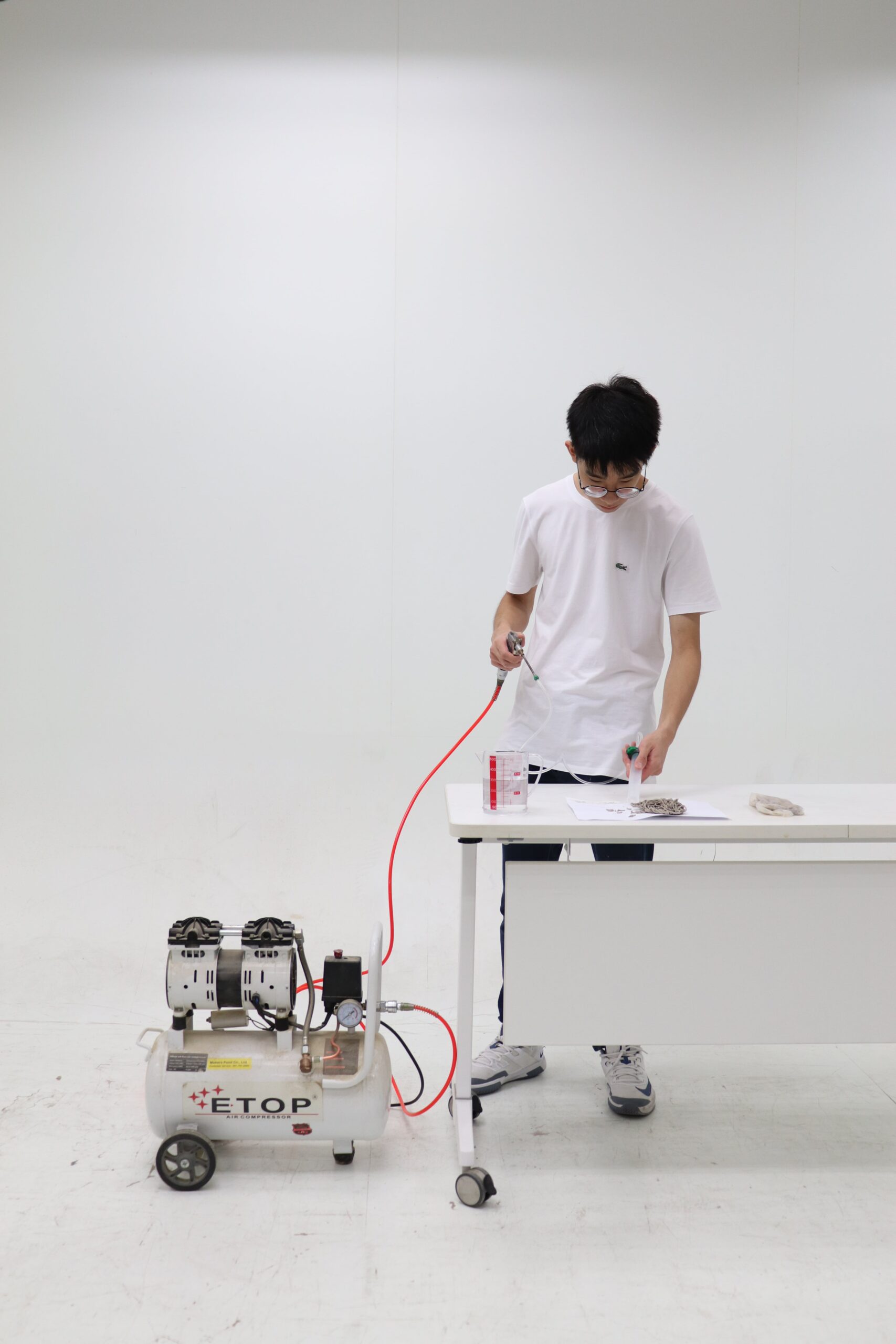This workshop, a partnership with the National Astronomy Research Institute of Thailand (NARIT), studied the architecture of observatories and the technological lens through which we observe. Students investigated the architectural typology of the observatory, proposing new ways that we might engage with increasingly non-visual, abstracted, and mediated astro-data. Drawing on the rich history of observatories’ social and political significance, students proposed alternatives to the 20th century planetarium. On a site at the Regional Observatory for the Public in Chachoengsao, students designed and built a temporary educational space that hosts public lectures/symposia and experiential astro-events.

Romea Muryn
Juan Cuevas
National Astronomical Research Institute of Thailand (NARIT)
Suparerk Karuehanon
Jullada Koasa-ard
Saran Poshyachinda
Piriyaporn Sabhasri
Thanakrit Santikunaporn
Hathaichanok Therdthampaisal
Notice: Undefined index: collaborators in /var/www/vhosts/www.inda.arch.chula.ac.th/httpdocs/experimental-projects/wp-content/themes/tailwindtheme/theme/single-project.php on line 111
Satida Adsavakulchai
Apisada Hanbunjerd
Isara Kesaranond
Chidapa Kongsuphol
Ravinan Kumar
Wichayes Maneepakhathorn
Natnicha Opasserepadung
Phapot Putthammarong
Siwakarn Sabpaisarn
Suchat Telavanich
Related Projects:

A Library Under the Treetops
In response to the international brief initiated by Europe Readr, ‘A Library Under the Treetops’ is a project that aims to create a space/installation that redefines the public and private interface. The design intention is to accommodate a safe, comfortable, and enjoyable reading space in an open urban area for people in the residential neighborhood of Ladprao, Bangkok. To blur the public-private boundary, the design process of this reading space/ installation is collaborative in nature, bringing architects, local craftsmen and workers, educators, students, and the local community together in order to imagine and produce a space that creates a social impact in the local environment. Our concept is to generate a sustainable design by sourcing recyclable materials to ensure the long-lasting life span of the project beyond its completion. Ultimately, the goal in producing such a space is to advance a sustained awareness of the quality of life beyond consumption, to stimulate the need for reading and knowledge, and to satisfy the human desire to be with others despite the constraints of the metropolis.

Toolcraft: Clay 3D Printer
The exploration of 3D printing was the centre of the summer workshop. The workshop was initiated by building an open-source clay 3D printer from scratch. Through the act of 'tool-building', firsthand experience of how 3D printing technologies work and the constraints and possibilities of the machine was gained by the students. Through adapting several open-source 3D printing designs, students went through a process of modifying and ‘hacking’ the 3D printer design, adding their own features and addons which could improve the machines efficiency and its possible printing techniques. Along with designing and building a 3d printer, the students' toolkit was further supplemented with digital tools primarily focusing on Grasshopper, where they learnt parametric design which generated custom g-code which sent tailored instructions and controls to the machine, allowing for a constant feedback loop between design development and testing.
















